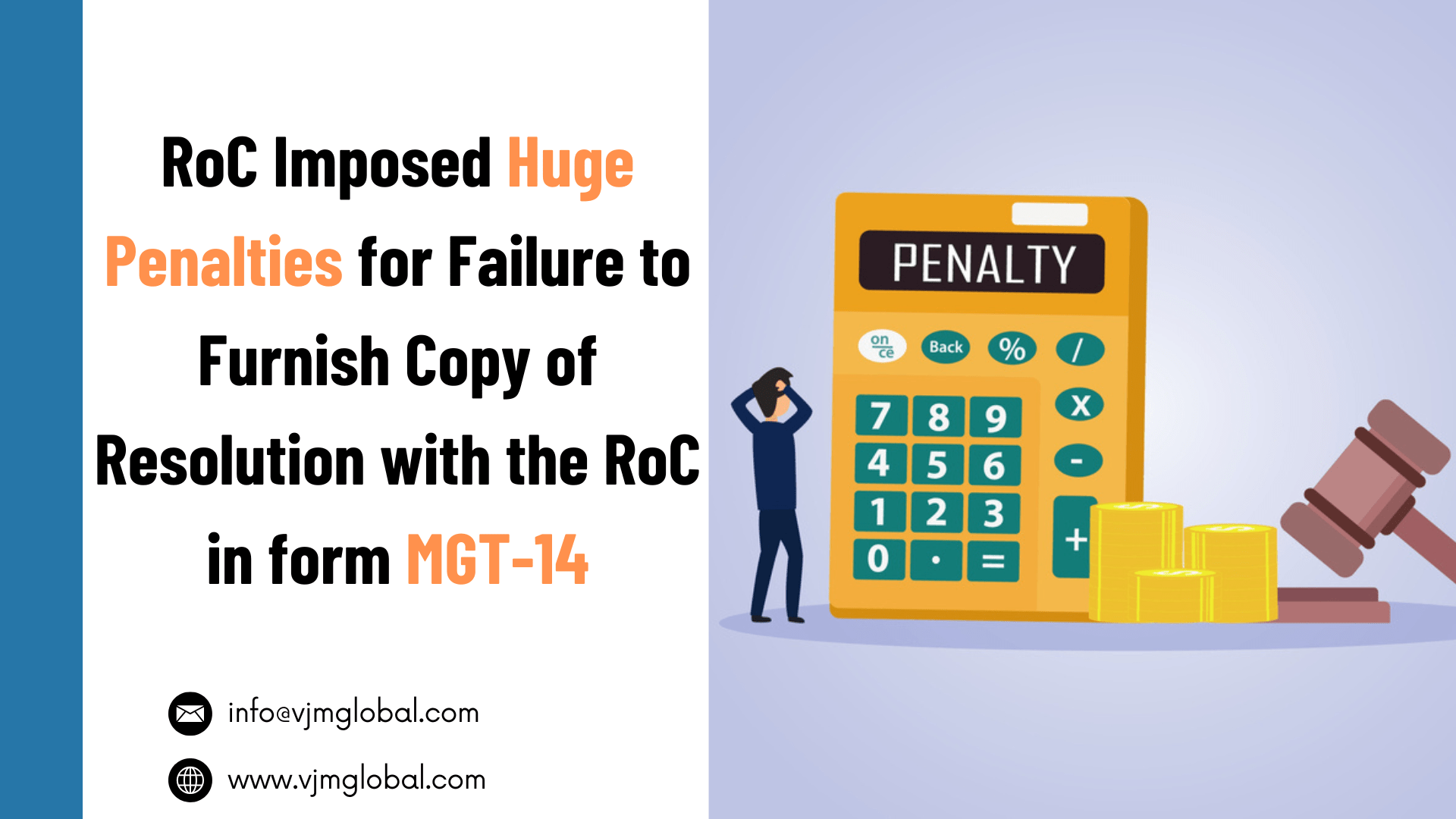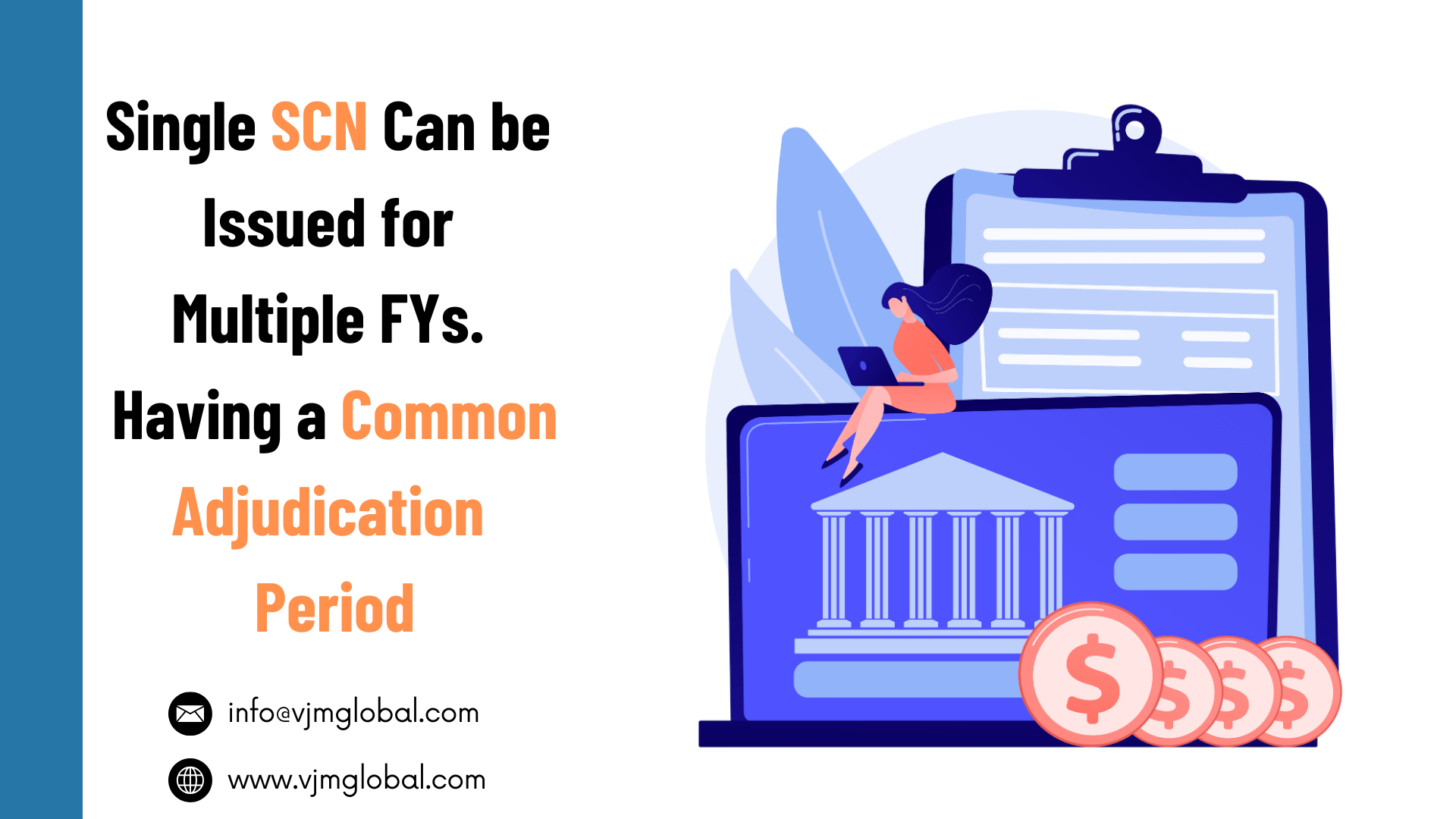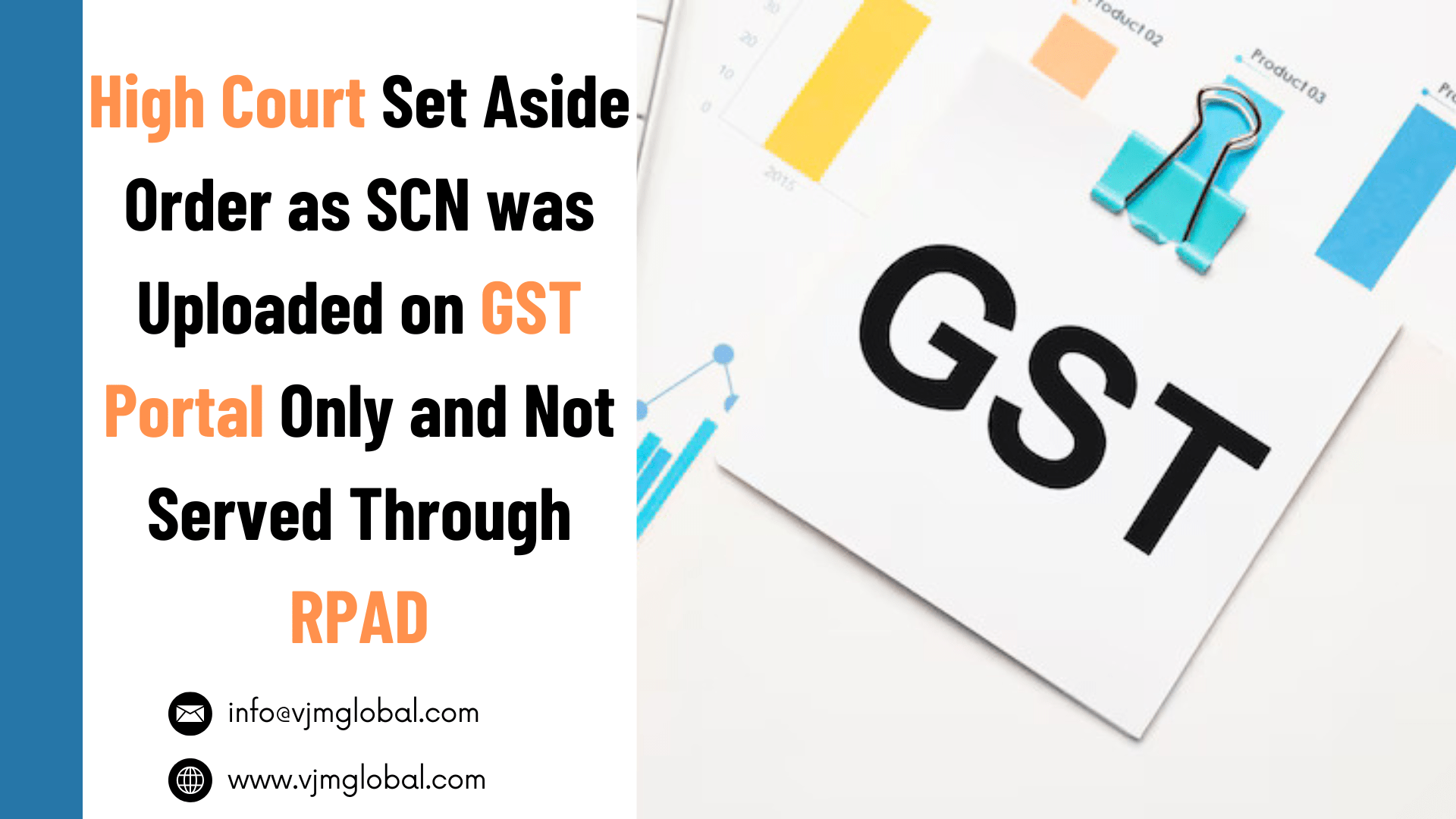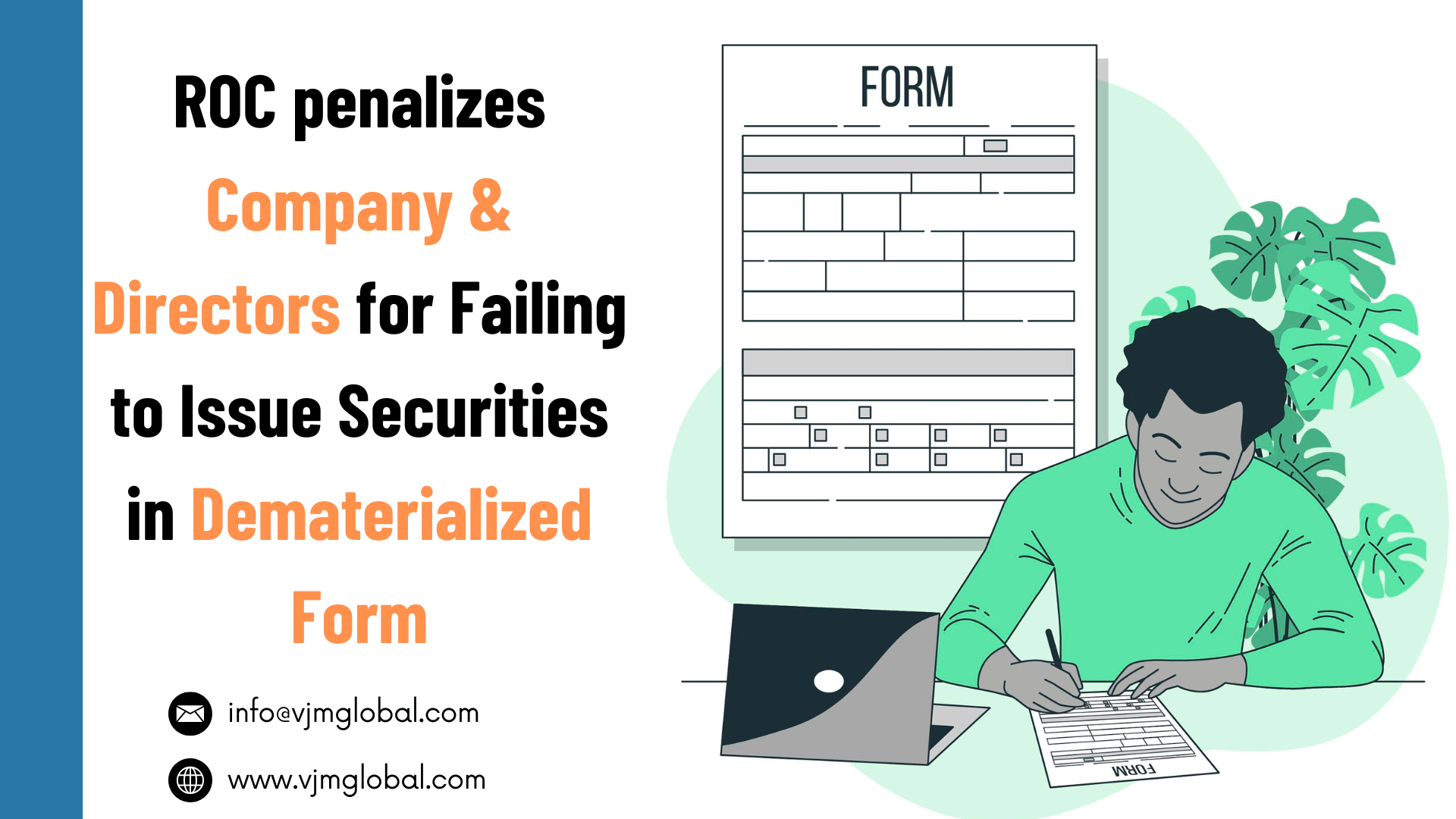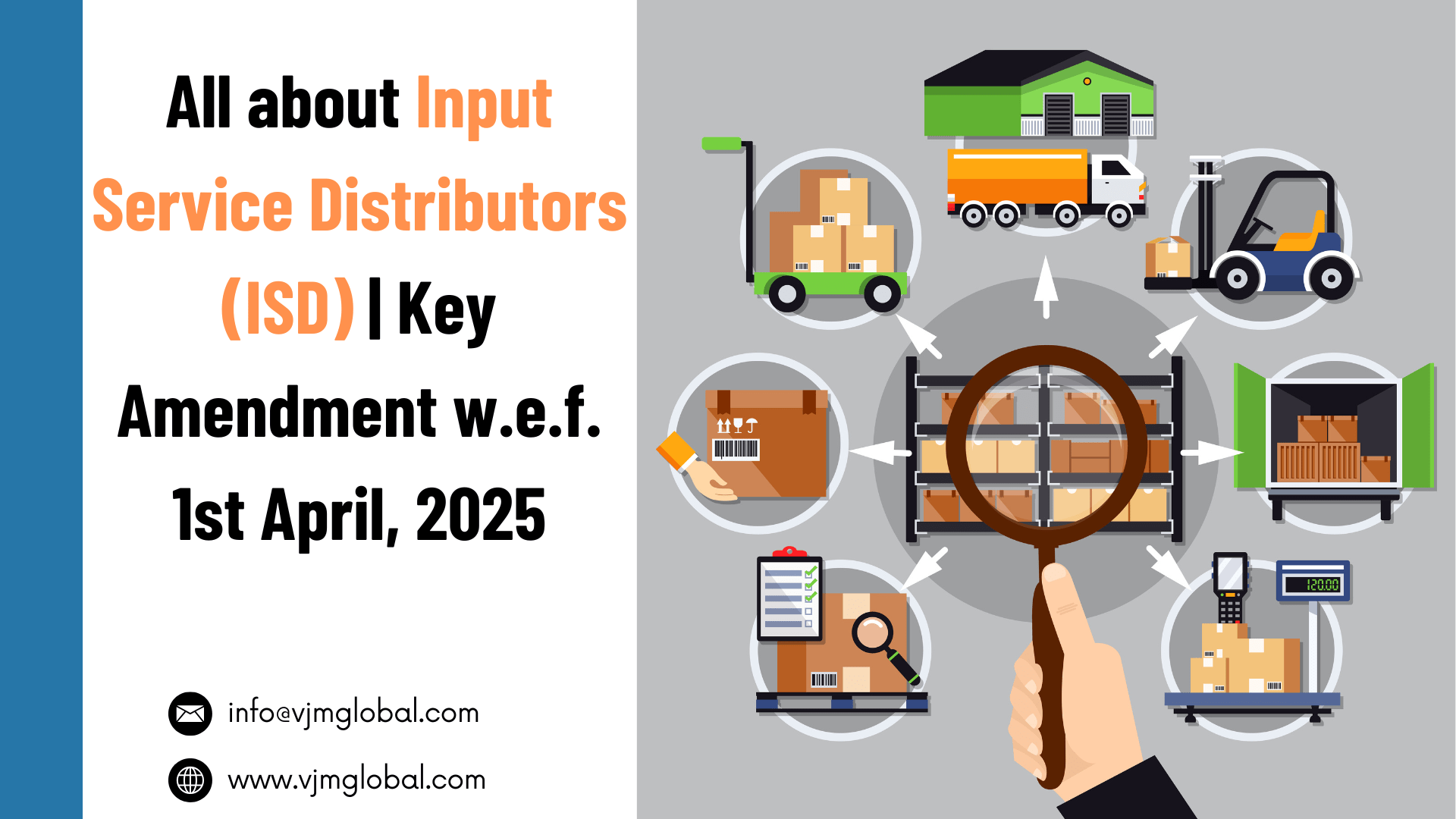In layman language, transfer pricing can be understood as the price that is paid for goods or services for the transaction that took place between related parties or associate entities. Some of such transactions include sale of finished goods, purchase of fixed assets or raw materials, sale or purchase of intangibles, Reimbursement of expenses paid/received, IT-enabled services, Support services, Software development services, Technical Service fees, Management fees, Royalty, Corporate Guarantee fees, and loans received or paid.
In the case of associate entities or related parties, profit from all units goes into the pocket of the same person or group. Therefore, in certain cases, a transaction between associated entities is entered into at a higher or lower price as compared to a genuine price. This practice is generally adopted to save tax liabilities, i.e., generate lower profits for units chargeable to higher tax rates or to shift profit from one entity to another entity. To curb such tax-saving practices, transfer pricing provisions are given under Income Tax Act and various other tax laws to ensure that transaction has been entered into at Arm’s Length Price and no tax liability has been avoided.
To simplify the process, various methods are provided under Income Tax Act for computation of Arm’s Length Price (“ALP”) and the Transactional Net Margin Method (“TNMM”) is one of such methods. This article will offer you a brief insight into what the Transactional Net Margin Method is, what is its applicability, what are the Indian regulations for it when to use it, and what are its strengths and weaknesses.
1. What is the Transactional Net Margin Method (TNMM)?
- As per Section 92C(2) of Income Tax Act, Arm’s Length Profit (ALP) of international transaction or specified domestic transactions shall be computed through most appropriate of the following methods:
- Comparable Uncontrolled Price (CUP) method
- Resale Price Method
- Cost Plus Method
- Profit Split Method
- Transactional Net Margin Method
- In case of Transactional Net Margin Method, Net profit margin earned from international transaction or specified domestic transaction is computed and same is compared with Net Profit Margin of comparable uncontrolled transaction. Necessary adjustments are made to Net Profit Margin on account of difference in facts of transactions.
2. Computation of Arm’s Length Price by TNMM
Steps for computation of ALP by TNMM method are given under Rule 10B(1)(e) of the Income Tax Act. Following is the steps of computation of ALP:
- Step 1– Computation of Net Profit Margin from transaction under consideration
- Very first step is computation of Net Profit from international transactions or the specified domestic transaction.
- Method of computation of net profit is not given under Income Tax Act itself. In Common parlance and as per accounting practise, net profit is computed by deducting Direct and indirect expenses from gross revenue.
- Therefore, net profit of the concerned transaction shall be computed after deducting both direct and indirect expense.
- Once the amount of net profit is computed, net profit margin should be computed in terms of percentage and such percentage can be computed having regard to cost incurred, sales revenue, assets employed or any other relevant base.
- E.g.
- Sales revenue from international transaction: INR 1,00,000
- Cost of Raw Material: INR 50,000
- Labour Cost: INR 15,000
- Admin and Finance Charges: INR 20,000
- Net Profit: INR 15,000 (1,00,000- 50,000- 15,000- 20,000)
- Net Profit Margin (to sales): 15% (15,000/100000 * 100)
- Step 2– Identification of Comparable Uncontrolled Transaction
- After computation of Net Profit Margin, the next step is to identify a comparable uncontrolled transaction.
- Such transactions can be entered by the enterprise itself or if no transaction is available internally then a transaction entered into by an unrelated enterprise can be considered.
E.g. X Limited has provided certain services to its wholly-owned subsidiary located outside India. For the computation of ALP of such transactions, X Ltd has computed Net Profit Margin of such transactions.
Now, if X Limited provides a similar service to any unrelated party then such transaction can be considered for computation of ALP. However, if X Limited does not enter into a similar transaction with any unrelated party and Y Limited enters into the same transaction with an unrelated party, then, transaction of Y LImited can be taken as a base for computation of ALP.
- Step 3- Computation of Net Profit Margin for comparable uncontrolled transaction
- For the purpose of comparison, Net Profit Margin shall be computed for comparable uncontrolled transactions.
- It shall be computed having the same base, i.e., if net profit margin of transaction with associated enterprise is computed having regard to sales amount then Net Profit Margin of comparable transaction shall also be computed to sales amount.
- Step-4 Adjustment to Net Profit Margin of Comparable Uncontrolled transactions
- Necessary adjustments will be made in Net Profit Margin of Comparable Uncontrolled Transaction on account of differences in transaction with associated enterprise and comparable uncontrolled transaction.
- E.g.
- X Limited has sold 20,000 units of White bags to its wholly owned subsidiary based outside India for INR 2,00,000. Net Profit Margin for such a transaction is 15%.
- X Limited sold 50,000 units of black bags to an unrelated enterprise for INR 4,50,000. Net Profit Margin for such a transaction is 25%.
- For sale of more than 30,000 units X Limited provides a bulk discount of 1%.
- Also, Profit Margin on Black bags is 2% more as compared to White Bag.
- Therefore, adjusted Net Profit Margin for comparable uncontrolled transaction will be 24% (25%+1%-2%)
- Step-5: Computation of Arm’s Length Price
- Now Arm’s Length price is computed by considering Net Profit Margin computed in Net Profit Above.
- In the above mentioned example:
- Transaction value is INR 2,00,000 and
- Net Profit Margin of International Transaction: 15%
- Cost of Goods sold: INR 1,70,000 (2,00,000 * 85%)
- Net Profit Margin for computation of Arm’s Length Price: 24%
- Arm’s Length Price: INR 2,23,684 (1,70,000*100/76)
- Considering Arm’s Length Price, Net Profit is INR 53,684
- Net Profit Margin: 24% (53,684/223684*100)
3. When is the Transactional Net Margin Method applicable?
- Income Tax Act, 1961 does not provide for scenarios when TNMM method is to be used. As per Section 92C of Income Tax Act, the most appropriate method should be selected based on facts and circumstances.
- When it comes to the Transactional Net Margin Method, no specific guidance or rule is provided to determine when this method can be accepted as reliable.
- However, Rule 10C(2) of the Income Tax Rules provides for following factors which can be considered for selecting the most appropriate method.
- the nature and class of the international transaction [or the specified domestic transaction];
- the class or classes of associated enterprises entering into the transaction and the functions performed by them taking into account assets employed or to be employed and risks assumed by such enterprises;
- the availability, coverage and reliability of data necessary for application of the method. Nature of data available helps in determining the method of computation of ALP.
- the degree of comparability existing between the international transaction and the uncontrolled transaction and between the enterprises entering into such transactions
- extent to which reliable and accurate adjustments can be made on account of difference in international transactions and the comparable uncontrolled transaction.
- the nature, extent and reliability of assumptions required to be made in application of a method.
- Some of the factors of Comparability that you must consider, but are not limited to, while selecting TNMM for transfer pricing are:
- Functions that are performed- Here, you must take into account the assets that are used and the risks assumed for the same.
- Contractual terms- This is to avoid any possible violations and to avoid future complications.
- Conditions that are prevailing in the markets currently, locations, and laws in force, etc.
- Business Strategies
- Barriers to entry in industry
- Difference in the import vs. domestic content.
For safe and successful use of this transfer pricing method, make sure to keep the above points in mind or get in touch with an expert at VJM.
4. Strengths and Weaknesses of Transactional Net Margin Method
Just like the two faces of a coin, the Transactional Net Margin Method has both strengths and weaknesses. Some of them are mentioned below:
I. Strengths
- Net profit indicators are less affected by transactional differences than is the case with price, as used in the Comparable Uncontrolled Price (CUP) method.
- Net profit indicators are also more tolerant to some functional differences between the controlled and uncontrolled transactions than gross profit margins.
II. Weaknesses
- It doesn’t have the similar accuracy rate as the CUP method because in TNMM the calculation is not just of the goods sold but also of the overheads. It also exposes the company wide profitability to transfer pricing adjustment. As the overheads are completely market determined, the net margins are affected by the factors that have nothing to do with price setting.
- Information on uncontrolled transactions may not be available at the time of the controlled transactions. This can make the execution of this process quite difficult.


